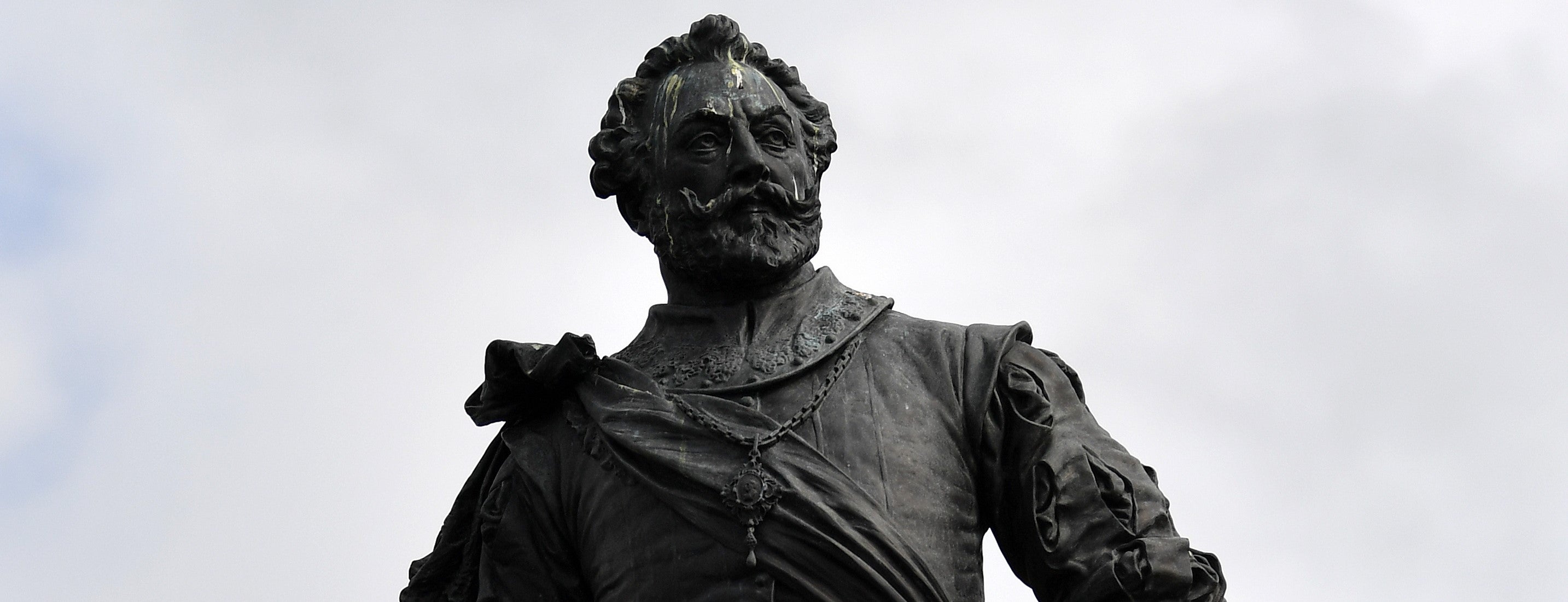Ahoy there! Spanish researchers find remains of Francis Drake’s Armada
Drake’s defeated fleet has been discovered due to dredging work in the north of Spain

Your support helps us to tell the story
From reproductive rights to climate change to Big Tech, The Independent is on the ground when the story is developing. Whether it's investigating the financials of Elon Musk's pro-Trump PAC or producing our latest documentary, 'The A Word', which shines a light on the American women fighting for reproductive rights, we know how important it is to parse out the facts from the messaging.
At such a critical moment in US history, we need reporters on the ground. Your donation allows us to keep sending journalists to speak to both sides of the story.
The Independent is trusted by Americans across the entire political spectrum. And unlike many other quality news outlets, we choose not to lock Americans out of our reporting and analysis with paywalls. We believe quality journalism should be available to everyone, paid for by those who can afford it.
Your support makes all the difference.He is the hero who defeated the Spanish Armada after, supposedly, finishing off a game of bowls.
Now researchers have uncovered a less glorious side to Sir Francis Drake: the remains of a fleet which he led that suffered a humiliating defeat at the hands of the Spanish.
In 1589, a year after Philip II of Spain’s failed attempt to invade Britain, Drake led an attack on A Coruña, a city in northwestern Spain.
The English fleet, which comprised 180 ships and nearly 28,000 men, should have overwhelmed the garrison of just 1,500 Spanish soldiers but instead five ships were blown away or sought refuge in nearby ports.
Four ships were sunk near the port and a fifth penetrated the coastal inlet but sank near the shore.
Over 450 years after the English defeat, the Spanish government decided to improve water quality at the mouth of the river estuary leading into A Coruña by dredging the waterway.
Before the work can begin they must first consider an environmental impact report which said that the wrecks of the Queen Elizabeth I’s warships are lying at the bottom of the river estuary.
“There are verbal references by shellfish harvesters in the area about the existence of a shipwreck on the Santa Cristina sandbank that has traditionally been identified as belonging to the English fleet of 1589 commanded by Francis Drake...following their failed attack on the city of A Coruña,” said the report by consulting firm ArqueoAtlantica, according to El País newspaper.
“They fled, leaving behind four abandoned ships that were set on fire by the crew. Documentary and bibliographical evidence indicate that these ships were adrift and on fire for several days until they finally sank. The underwater work and dredging in the area have documented remains of dining sets and iron cannonballs that belonged to this fleet.”
The wrecks would be affected by the dredging work, the report warned.
“A study of aerial photographs of the reference area between 2003 and 2015 show a location where there is a spot that has remained unchanged with the passing of the years and which could be the remains of a shipwreck.”
An underwater dig will start in a few months to explore the wrecks at the bottom of the estuary. The €48.5 million (£42m) dredging project has been put out to tender.
Spanish historian Luis Gorrochategui claimed that the English defeat at A Coruña was far worse than the one inflicted on the Spanish Armada in which 35 ships were lost trying to invade Britain.
In England, there was a state pact never to publicise the estimated loss of 20,000 soldiers and scores of ships during the attack on A Coruña.



Join our commenting forum
Join thought-provoking conversations, follow other Independent readers and see their replies
Comments